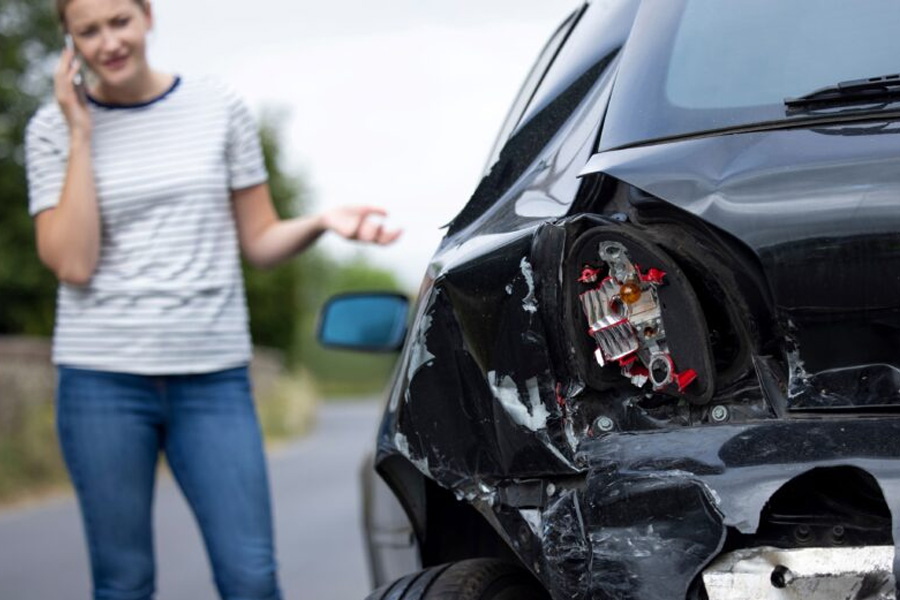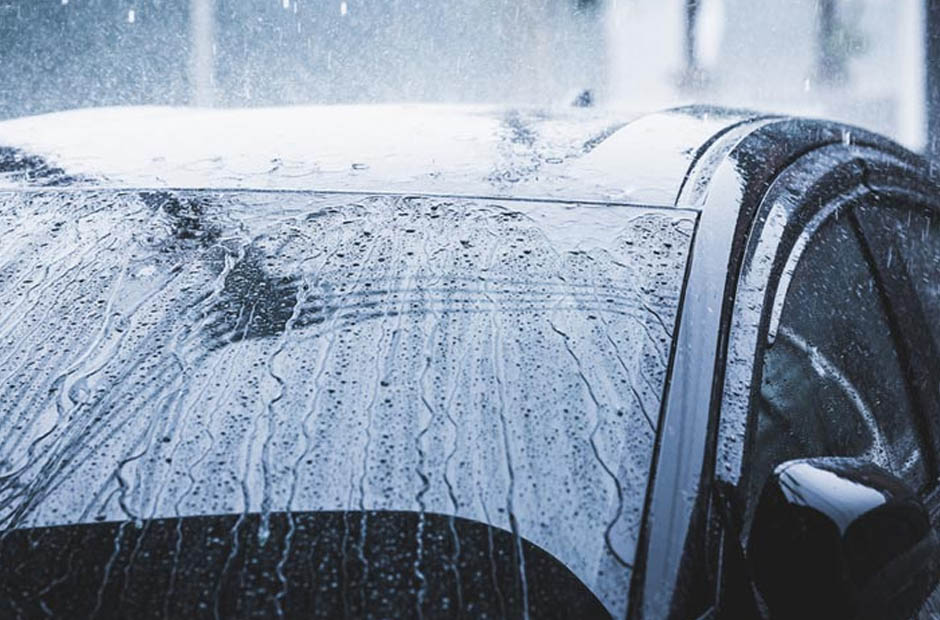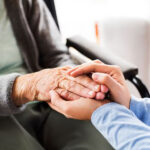Now Reading: Demystifying Insurance: Navigating Claims After a Vehicle Accident
-
01
Demystifying Insurance: Navigating Claims After a Vehicle Accident
Demystifying Insurance: Navigating Claims After a Vehicle Accident

Immediate Safety Assessment
After a crash, the world narrows to headlights, glass, and the sharp intake of breath. The first ninety seconds matter more than most people realize — not for paperwork, but for safety. Scan the scene: flames, leaking fluids, or incoming traffic turn a manageable problem into an urgent one. If your car can move, steer it to a safe shoulder or parking area and flip on hazards; if not, stay buckled unless staying inside is more dangerous. Tell passengers to keep clear of traffic and avoid unnecessary movement if anyone seems hurt. This calm, methodical sweep doesn’t just protect bodies — it gives you the mental space to make better choices next.
Secure the Scene
Think of securing the scene like laying down a cinematic buffer between chaos and care. Use reflective triangles, cones, or a simple flashlight to alert approaching drivers; place them a safe distance behind the vehicle so others have time to react. If it’s dark, lights matter more than pride — phone flashlights and hazard lights are your friend. If people are willing and it’s safe, a bystander can help direct traffic until emergency services arrive. Calling 911 early does two things: it summons trained help and creates an official record that you were proactive and responsible.
Check for Injuries and Call for Help
In the adrenaline fog that follows impact, pain can hide behind shock, so verbal check-ins are essential. Ask each occupant and nearby driver if they’re okay; look for obvious bleeding, difficulty breathing, or signs of disorientation. If anyone is injured, call emergency services immediately and give clear details — location, number of people, and the nature of injuries — then stay on the line. If you know first aid and it’s safe to act, help within your training; otherwise, avoid moving people with possible spinal or severe injuries unless there’s an imminent threat.
Document the Details
Your phone becomes a portable witness: photograph all angles of damage, the surrounding scene, skid marks, traffic signs, and any road conditions that could matter later. Capture date and time on your notes, describe weather, and jot down a short, objective timeline of events while it’s still fresh. Note witness names and contact info — their recollection can become crucial if accounts diverge. Keep copies of the police report number, tow receipts, and any immediate out-of-pocket expenses; these small scraps of paper often turn into claim gold when you need them.
Exchange Information with Other Drivers
This is a moment to be polite but precise. Exchange names, phone numbers, insurance companies and policy numbers, vehicle makes and models, and license plate numbers. Stick to facts about the moment — where you were, how the brakes felt, what you saw — and resist the urge to accept blame, apologize, or speculate about fault. If another driver refuses to cooperate, document as much as you can and rely on witnesses and the police report to fill in gaps later. A calm, clear exchange keeps tempers down and preserves information you’ll need for the claim.
Notify Insurance and Seek Legal Advice
Call your insurer promptly — many policies have time limits for reporting incidents — and relay the facts plainly, backed by your photos and notes. Ask what their process looks like, what forms you’ll need, and how they handle rental cars, medical claims, and repair estimates. If injuries, contested fault, or significant damages are involved, consider consulting an attorney who specializes in car accidents; localized expertise (for example, an attorney familiar with Fresno courts if you live there) can make negotiations and filings smoother. Legal counsel doesn’t always mean litigation; often, it prevents procedural mistakes that could undermine a claim.
Follow-Up and Self-Care
Recovery is procedural and human at the same time. Keep every appointment, document every medical visit, and note how symptoms evolve; insurance and legal teams often hinge on consistent, dated records. Adhere to prescribed treatments and physical therapy even if you feel better quickly — insurance adjusters track follow-through. On the personal side, give yourself time: sleep, gentle exercise when advised, and conversations with friends or a counselor can help process an emotional aftermath that’s often minimized. A measured routine helps both healing and paperwork move forward.
FAQ
How soon should I report the accident to my insurer?
Report the accident as soon as you can; many insurers require notification within days and some policies have strict deadlines for certain coverages.
Should I admit fault at the scene if I feel responsible?
Avoid admitting fault at the scene — a simple, factual description of what happened is safer because full liability is often determined later.
What should I photograph immediately after the crash?
Take wide shots of the scene, close-ups of damage, skid marks, road signs, weather conditions, and any injuries or personal property damage.
Do I always need a police report?
If an officer responds, get the report number; in many places a police report is crucial for claims, especially with injuries or disputes.
When should I hire an attorney after an accident?
Consider an attorney if there are significant injuries, disagreement about fault, or complicated insurance interactions; early advice can prevent errors.
Can I get a rental car through my insurance?
Many policies include rental reimbursement; ask your insurer about coverage limits and the claim process for a replacement vehicle.
How do witnesses help my claim?
Witness statements provide independent corroboration of what happened and can be decisive when driver accounts conflict.
What records are most important for medical claims?
Keep all medical bills, appointment summaries, therapy notes, and a symptom diary to create a clear, dated chain of treatment for the claim.




















